I developed an app to download web pages from a site. For the huge web site, it will run a long time. I noticed that the occupied memory increased continuously(from 30M to 300M after download 2600 web pages), but there is no any memory leak in Instrument.
after download 3648 web pages, its info
After I stop the download procedure, occupied memory do not decrease for memory releasing.
I change all code
[NSString stringWithFormat:@"someThing"];
to
[[NSString alloc] initWithFormat:@"someThing"];
a little improvement, occupied memory drops to 300m
your comment welcome



